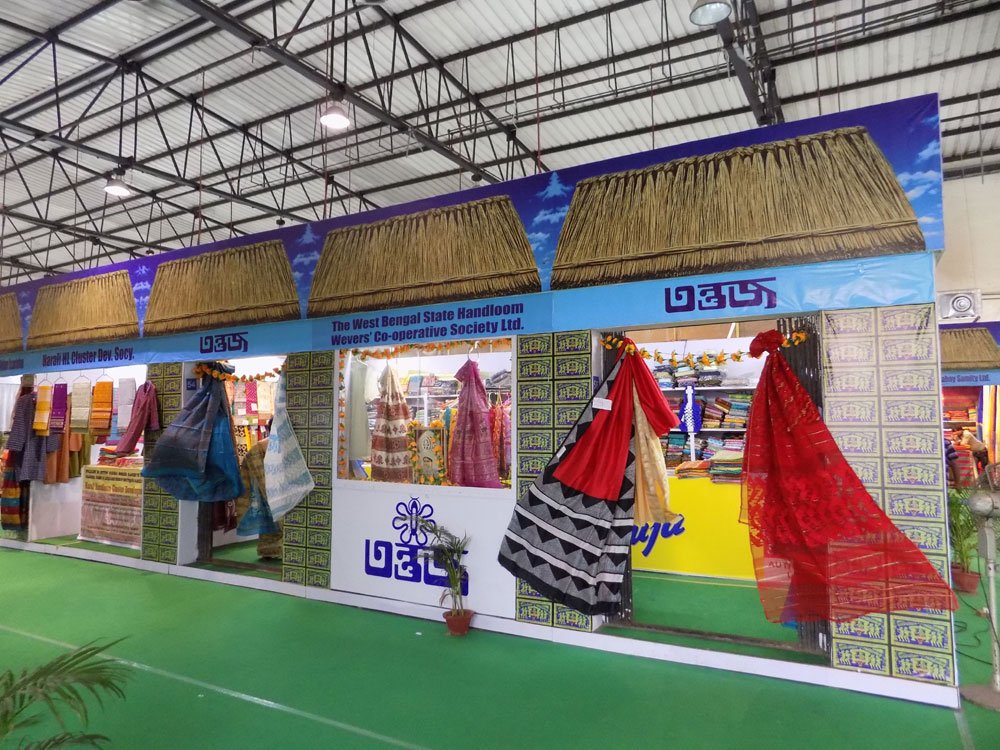State Finance, Commerce and Industry Minister Dr Amit Mitra on Tuesday said that both Tantuja and Manjusha have seen a remarkable turnaround in the last seven years since the Mamata Banerjee government took over in 2011.
Tantuja, that had suffered a loss of Rs 12.69 crore in the year 2010-11 has registered an operational profit of Rs 10.26 crore in the 2017-18 fiscal. Tantuja has made a business of Rs 167.70 crore in the last seven months and the operational profit has been Rs 3.39 crore.
“In 2011-12, the very first year we assumed office, we made a profit of Rs 69 lakh. In the 2017-18 fiscal, our turnover has gone up to Rs 204. 90 crore with a profit of Rs 10.26 crore,” the minister said.
According to Dr Mitra, the operational profit for Manjusha has been Rs 5.87 crore in the 2017-18 fiscal and it has also registered a turnover of Rs 91.04 crore. “Manjusha has made a business of Rs 167.70 crore from April to October this year and has made a profit of Rs 7.39 crore,” he said.
Elaborating on the reasons behind the turnaround, the minister said Tantuja has gone for massive product diversification in terms of bringing in the latest designs in sarees and has introduced jackets, scarves etc. “The state design centre is coming up with new designs and the weavers are being encouraged to incorporate new and latest designs in sarees,” Dr Mitra added.
According to him, the state government has eliminated the role of middlemen in the entire process by introducing the sale of products through e-commerce sites and also doing away with the manual calculation of sale proceeds.
“The products are now purchased directly from the Self-Help Groups and the weavers through camps in various parts of the state and payments are made directly to their bank accounts,” Dr Mitra reiterated.




